Here is a piece of music that sounds fitting for a celebration of the new year . . .
I love the sound of this celtic fiddler and his band! It is Alasdair Fraser, originally from Scotland, and now living in the United States. He has perfomed for many years, and also founded two fiddle camps-- Valley of the Moon, among the redwood trees in California, and Sierra Fiddle Camp. In addition to playing music and teaching here in the U.S., Alasdair has been running a fiddle course on the Isle of Skye, Scotland, since 1987.
Here is a link to his website:
www.alasdairfraser.com/home
This song is from his award-winning Dawn Dance album, created with his band Skyedance, and released in 1996.
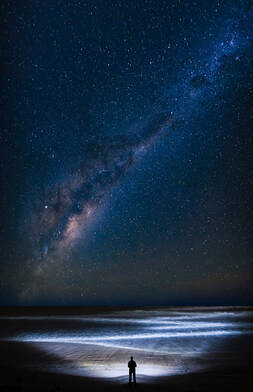

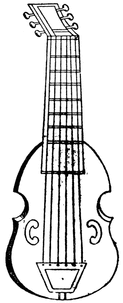
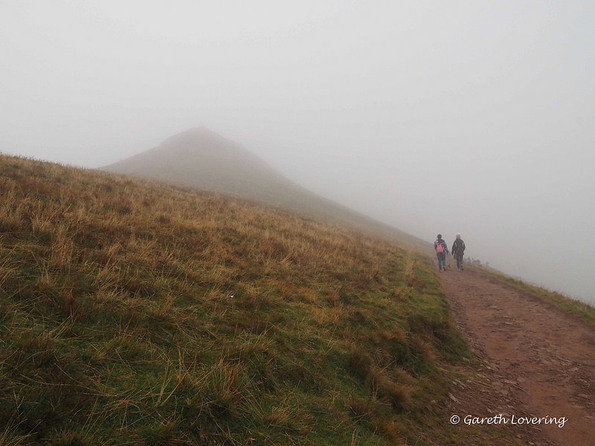
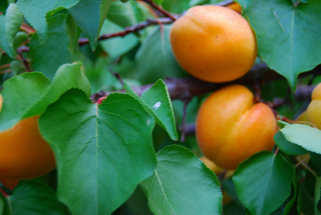

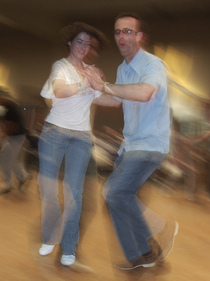

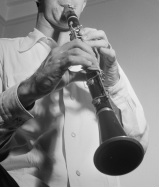

 RSS Feed
RSS Feed